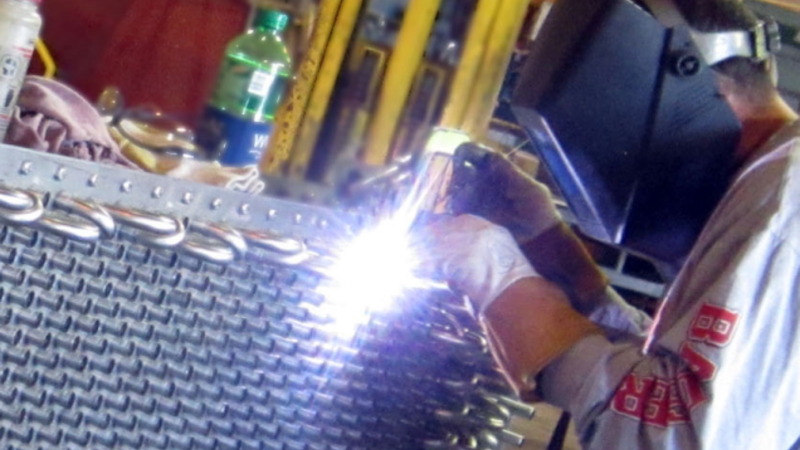In today’s competitive industrial landscape, US facilities are constantly seeking new ways to enhance operational efficiency and reduce overhead. One highly effective solution lies in optimizing how energy is managed within production processes. By integrating an Industrial Heat Exchanger, facilities can recover and reuse thermal energy, resulting in significant cost savings and improved environmental performance. This approach not only streamlines operations but also supports sustainability goals, making it a top search for facilities managers and engineers looking to future-proof their operations.
Understanding How Heat Exchangers Work
At their core, heat exchangers are devices designed to transfer heat between two or more fluids without mixing them. They play a crucial role in a wide range of industries, from food processing and chemical manufacturing to power generation and HVAC systems. The basic principle is simple: harness the excess heat produced by industrial processes and redirect it for useful applications elsewhere in the facility.
Common types of heat exchangers include:
-
Shell and Tube: Ideal for high-pressure applications, often used in oil refineries and chemical plants.
-
Plate: Offers compact design and high efficiency, suitable for food and beverage processing.
-
Air Cooled: Uses air to dissipate heat, reducing reliance on water resources.
-
Double Pipe: Simplest design, great for small-scale operations or specific heat transfer needs.
Key Benefits for US Facilities
Implementing a heat exchanger brings a multitude of benefits that directly impact a facility’s bottom line and operational efficiency:
1. Reduced Energy Costs
One of the most compelling advantages is the ability to capture waste heat and reuse it, minimizing the need for additional energy input. This can lead to substantial reductions in utility bills, especially for energy-intensive operations.
2. Enhanced Process Efficiency
By maintaining optimal process temperatures, heat exchangers help ensure consistent product quality and reduce the risk of equipment failure. This leads to smoother operations, less downtime, and improved productivity.
3. Environmental Sustainability
Reusing waste heat not only saves money but also reduces greenhouse gas emissions. Facilities can demonstrate a commitment to sustainability and may even qualify for energy efficiency incentives or credits.
4. Improved Equipment Longevity
Efficient thermal management prevents overheating and thermal stress on machinery. This extends the lifespan of critical equipment, lowering maintenance costs and reducing the frequency of replacements.
Actionable Tips for Selecting the Right Heat Exchanger
Choosing the appropriate heat exchanger depends on several factors unique to your facility:
-
Process Requirements: Consider the temperature ranges, pressure levels, and fluid properties involved.
-
Space Constraints: Evaluate available installation space and select a design that fits your layout.
-
Maintenance Needs: Opt for designs that allow for easy inspection and cleaning.
-
Budget Considerations: Balance upfront costs with long-term energy savings and operational benefits.
Consulting with an experienced engineer or specialist can help you navigate these variables and identify the best solution for your specific needs.
Maximizing ROI through Smart Integration
To fully realize the benefits, proper integration with existing systems is essential. This may involve retrofitting current equipment, updating controls, or implementing monitoring systems to track performance. Investing in staff training ensures that your team can operate and maintain the heat exchanger effectively, maximizing its impact on efficiency and cost reduction.
By leveraging heat recovery technology, US facilities can achieve a competitive edge, improve sustainability, and create long-term value. Integrating a heat exchanger is a strategic investment that pays off in both operational and financial terms, positioning your facility for ongoing success in an evolving industrial environment.

